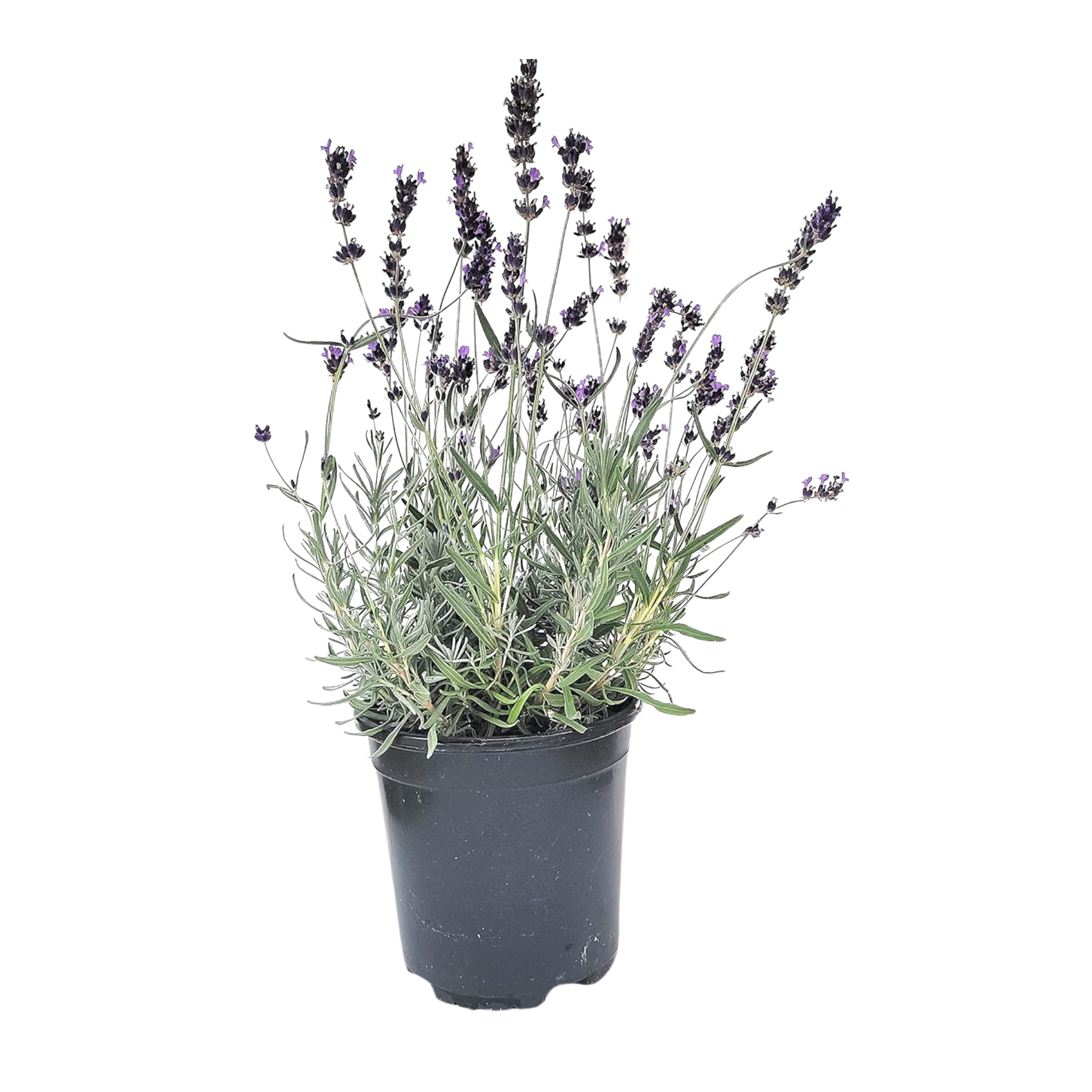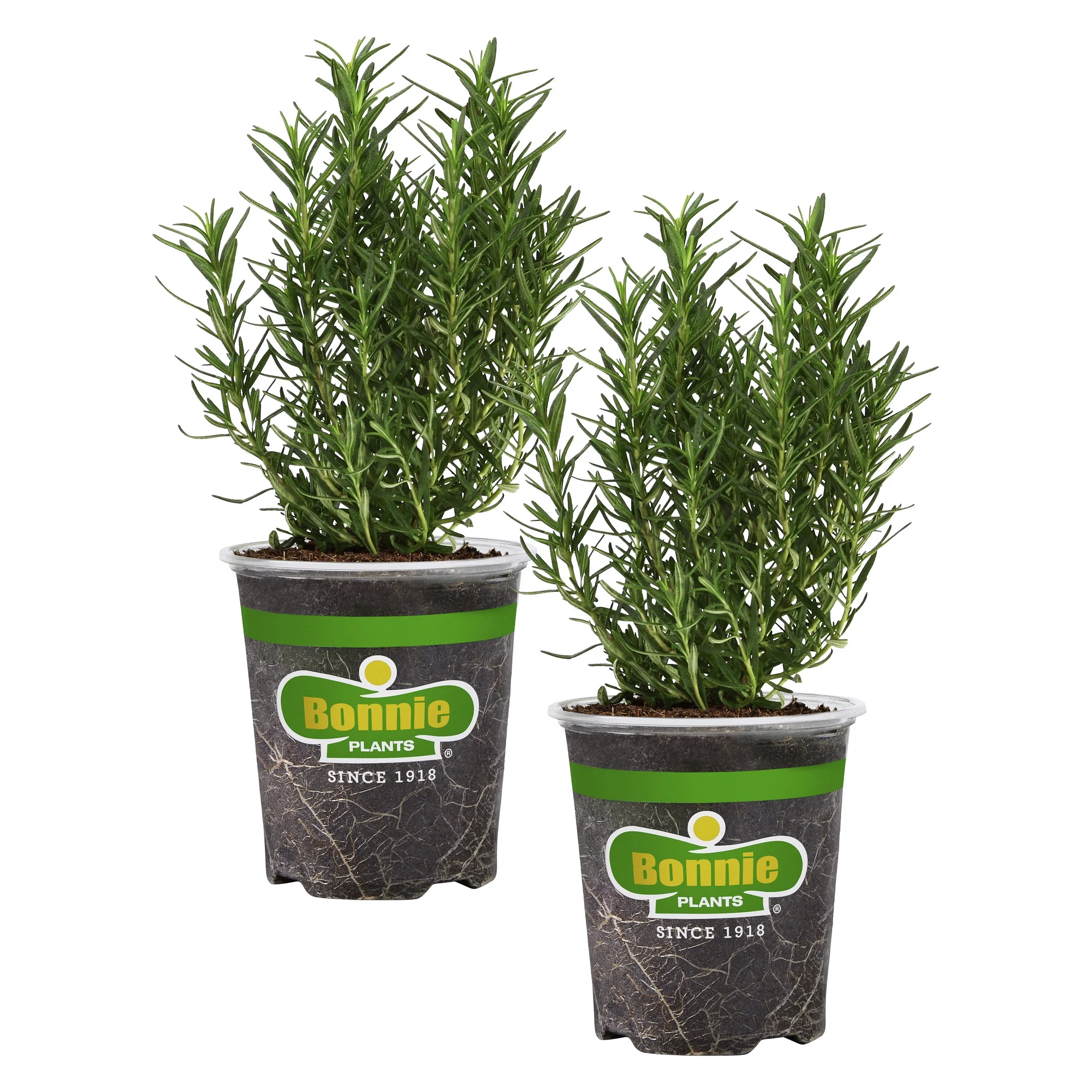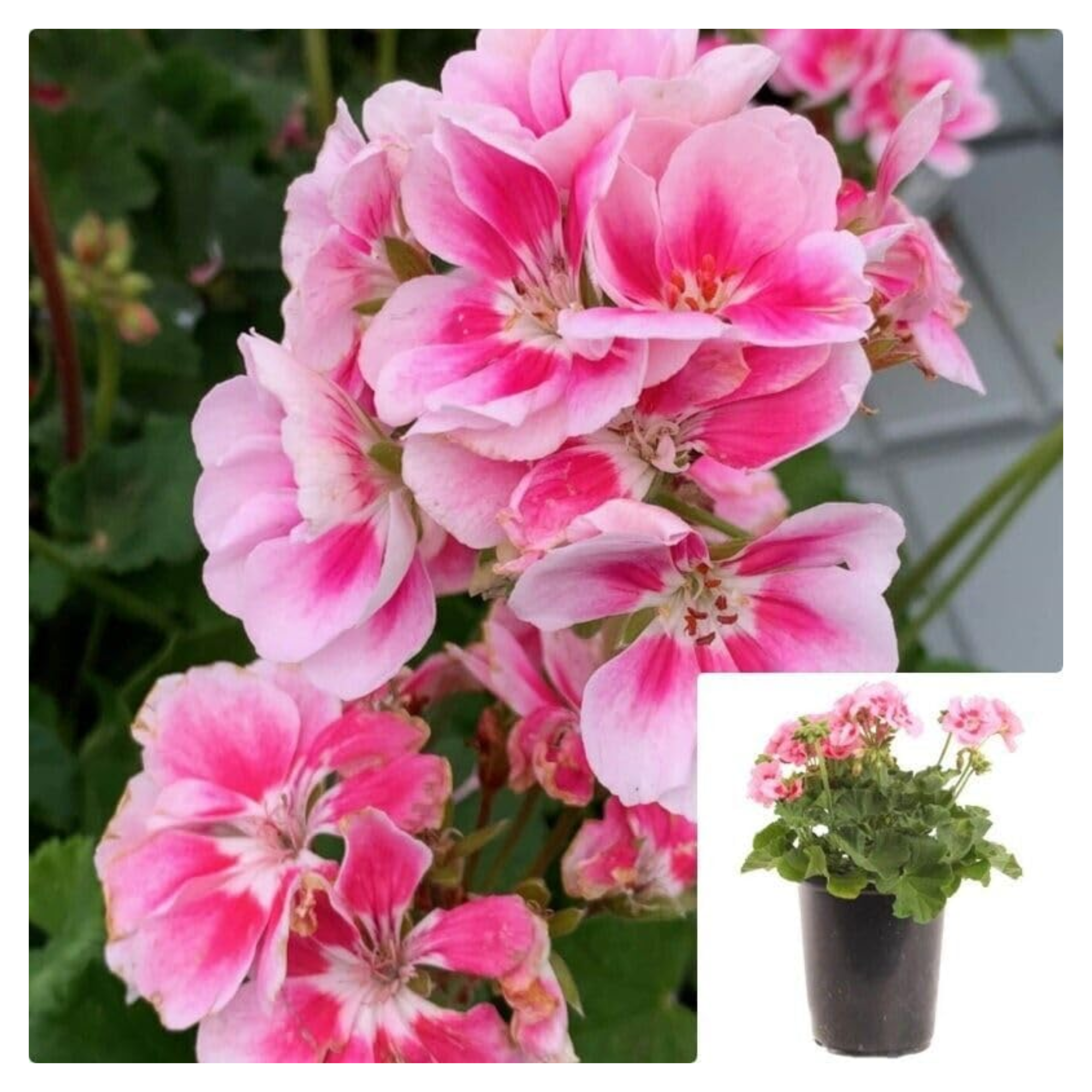9 Plants You Should Start to Propagate in September — To Get a Headstart on Next Year's Garden
Start to propagate in September and you'll be swimming in new plants to expand your garden

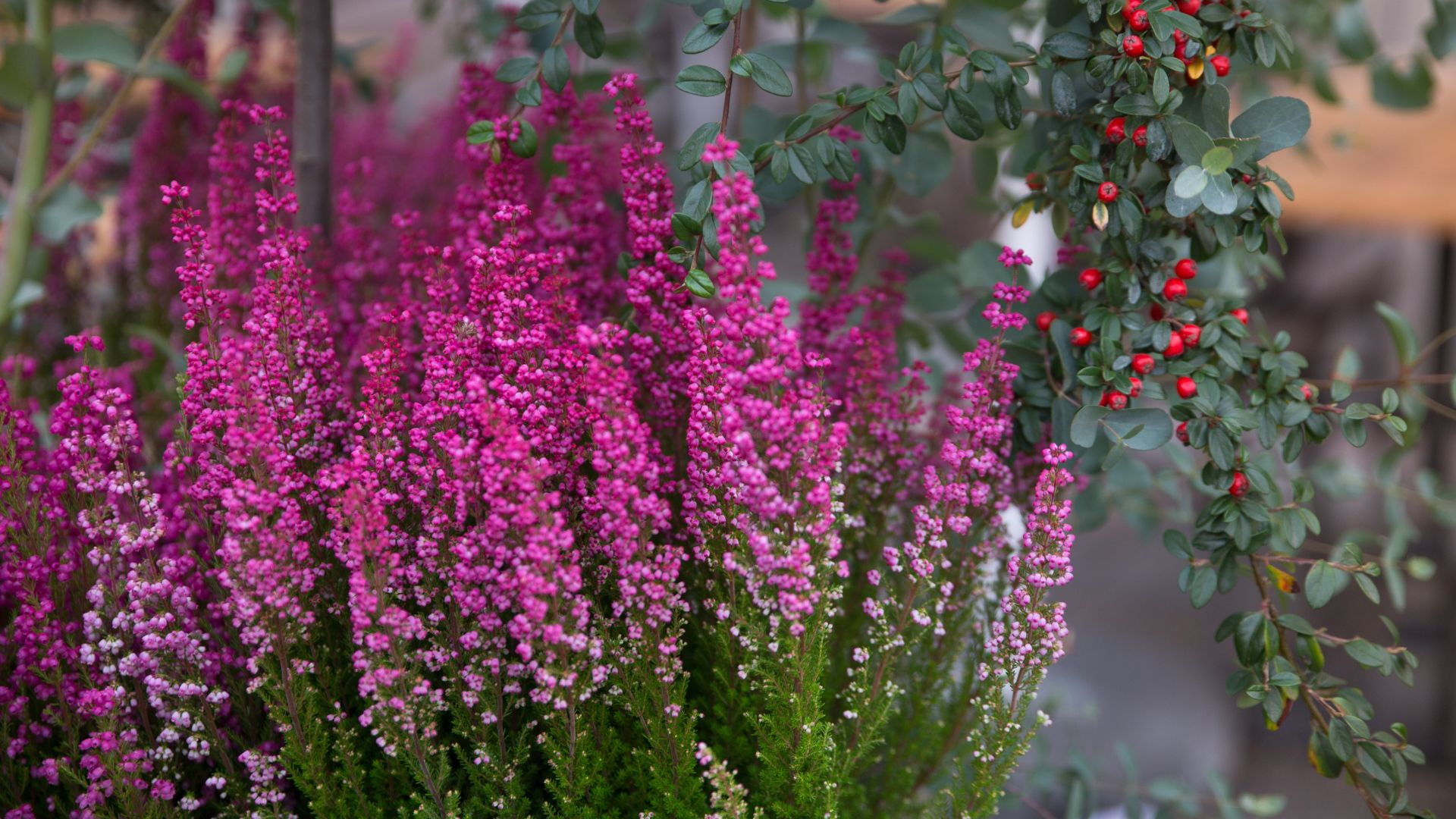
The wonders of plants never cease to amaze and one such nifty little trick they manage to pull off is growing into a fresh plant all on their own from a random cutting. In professional terms, propagation aka the magical cut-to-grow method I just mentioned is the perfect way to grow your existing garden.
And as with most gardening jobs, September happens to be the ideal time to get to propagating your current crops. But not all plants benefit from being cut in fall, so we consulted the experts to give us their recommendations. And as usual, they've given us an extensive list of plants that you should propagate now, for successful rootings in the coming season.
So if you've got any of these plants growing about, then it's time to get your scissors out and tend to your cuttings for a fresh set of blooms.
1. Lavender

In conversation with gardening expert Tony O'Neill, he tells us that September is the best time to propagate lavender. "As lavender is a hardy perennial that thrives in cooler weather, September is an excellent time to take cuttings as the plants start to prepare for dormancy," he explains.
To begin, Tony recommends taking 3 to 4-inch cuttings from non-flowering stems. "Then strip the lower leaves and plant them in a well-draining soil mix," he says. "Keep the soil lightly moist and place the cuttings in a bright, indirect light location until they root."
Whether you're planting lavender in containers, flower beds, or directly in the ground, propagating the crops now will give you so much more lavender to enjoy in upcoming seasons.
2. Rosemary
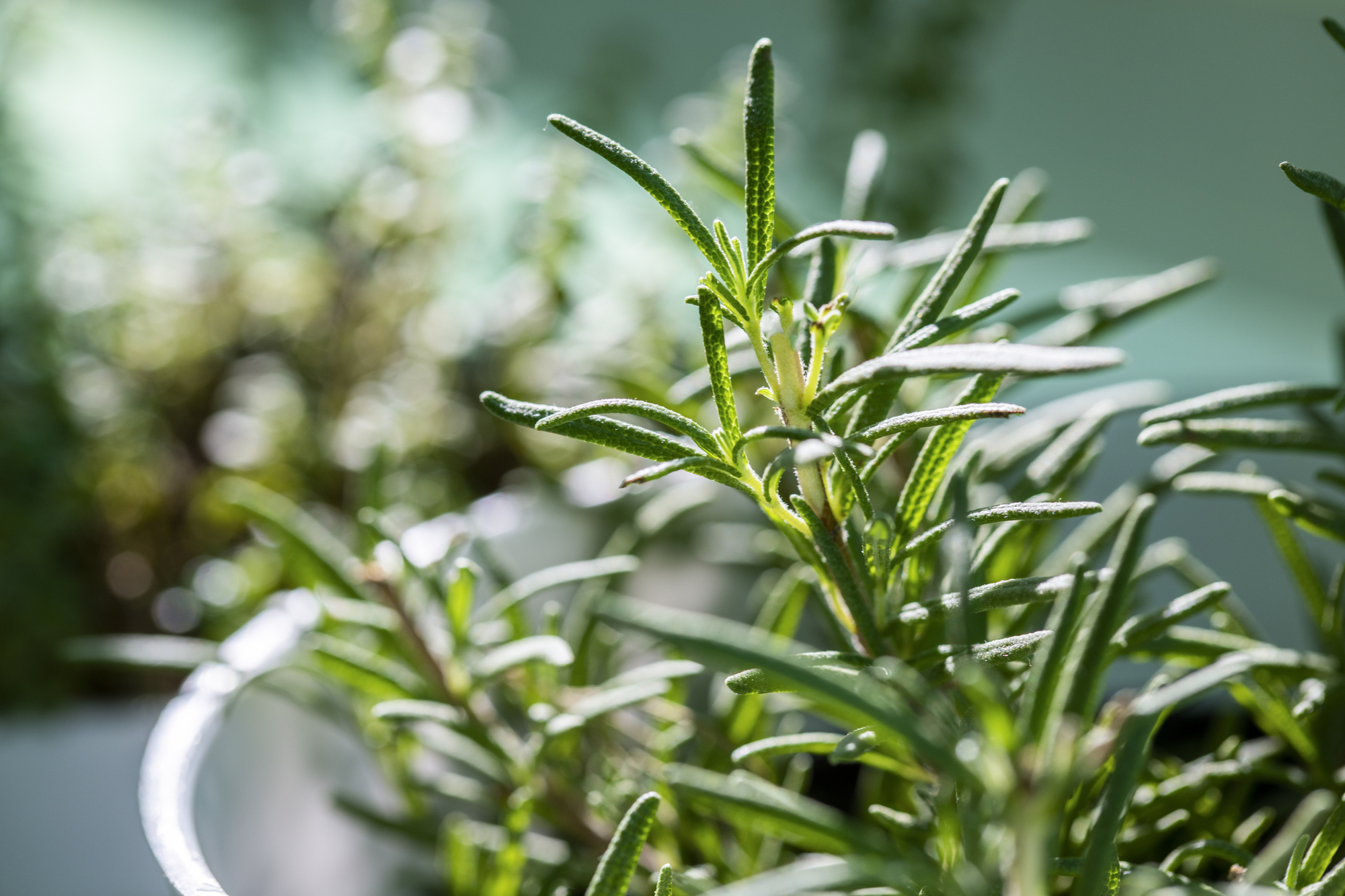
Next on the list is the wonderfully aromatic rosemary. Tony finds that this is another woody herb that responds well to propagation in the cooler months. "It’s a great choice for kitchen gardens and can be brought indoors during winter," he says.
The Livingetc newsletters are your inside source for what’s shaping interiors now - and what’s next. Discover trend forecasts, smart style ideas, and curated shopping inspiration that brings design to life. Subscribe today and stay ahead of the curve.
When propagating rosemary, Tony encourages gardeners to take cuttings from healthy, non-flowering stems. "Dip the cut end in rooting hormone and plant in well-draining soil," he says. "Keep the soil moist but not waterlogged, and provide plenty of light."
This is one of our favorite kitchen plants and if you're looking for rooting hormone to successfully propagate your rosemary, we love this Bonide Bontone II Rooting Powder from Amazon.
3. Lemon Verbena

If you don't believe us then take note of Arthur Parkinson's gardening advice and trust that growing lemon verbena in your backyard is an easy but rewarding container grow. In fact, Nastya Vasylchyshyna, resident botany expert at Plantum, finds that lemon verbena or aloysia citrodora is an excellent choice for cultivation this time of year.
"To propagate this plant, select partially woody stems at the base with some young growth at the top," she says. "Once rooted (either in water or soil), transfer these cuttings to pots and place on a sunny windowsill for the first two years to ensure healthy growth and protection against frost."
Nastya also points out that it's important to regularly water the soil as needed, avoiding both over and underwatering. "Once established, you'll find that its aromatic, lemon-scented leaves are versatile and suitable for herbal teas, refreshing drinks, main courses, desserts, and more."
4. Hydrangeas

Hydrangeas are such gorgeous flowers and if you want to keep them growing without having to repurchase a set of fresh seeds, then propagation is the way to go. "September is ideal for taking hardwood cuttings from hydrangeas," says Tony. "As these plants will root over the winter and be ready to plant in the spring."
If you have hydrangeas in your garden and are looking to propagate them, Tony recommends selecting a healthy, mature stem and cutting just below a node. "Then plant the cutting in a pot with a mix of peat and perlite, and keep it in a sheltered spot outdoors," he says.
And one of the things people with perfect hydrangeas know is that it's key to water the soil lightly, instead of extensively. This will keep the soil damp instead of logged, allowing for healthy growth.
5. Geraniums
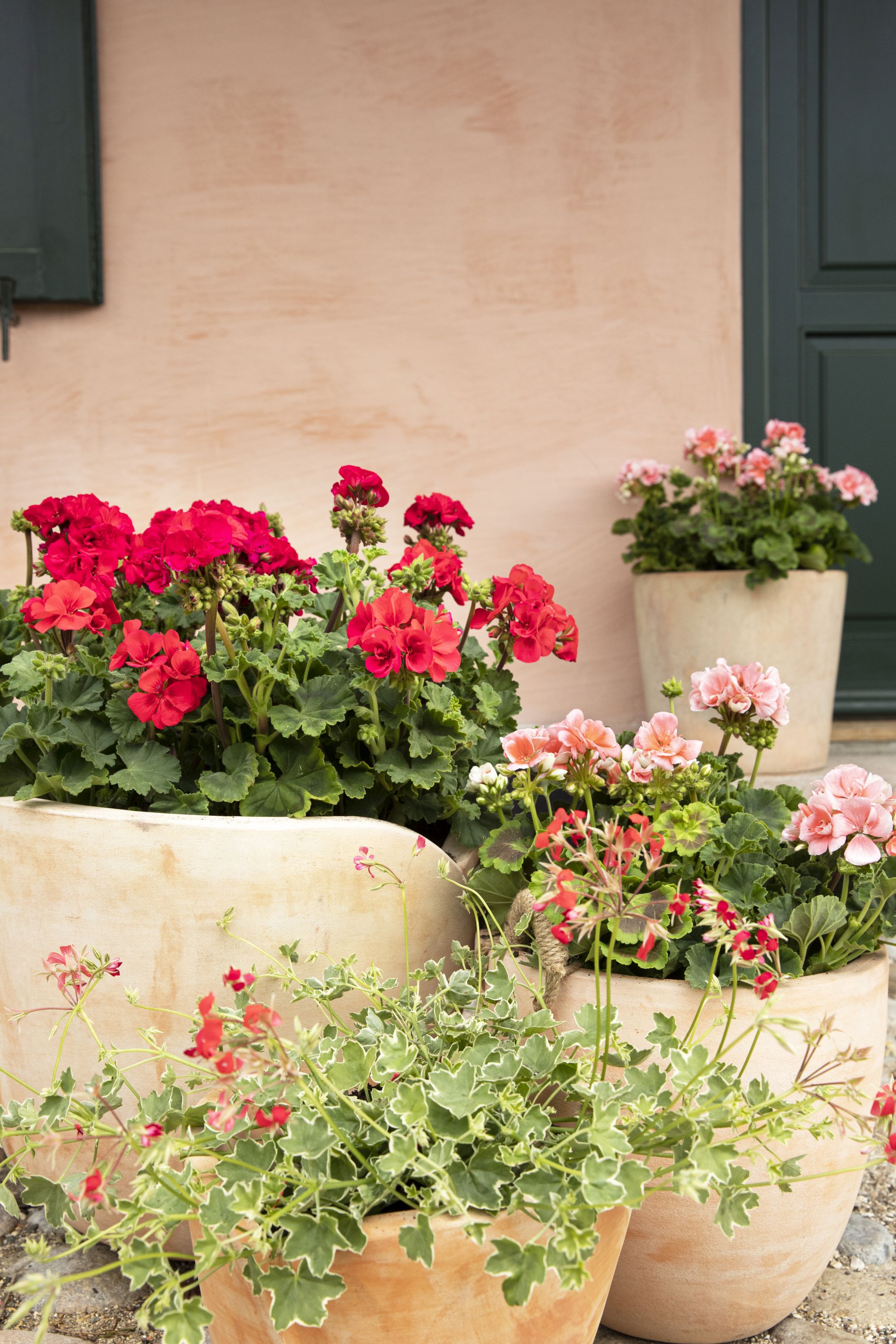
According to Nastya, pelargoniums, commonly known as geraniums are straightforward to grow and come in various forms to cater to everyone’s preferences. They happen to be one of our favorite fragrant flowers for window boxes and come September they're ripe for cutting. She points out that cuttings rooted in early fall and successfully overwintered will strengthen and bloom lushly at the beginning of the growing season.
She tells us that pelargoniums are actually pretty easy to propagate in water, provided you remove a few lower leaves from the cuttings to prevent them from rotting. "Choose a budless stem and cut off about 3–4 inches (5–7 cm) of it," she says. "If your plant has flowers on all its tops, pick the one with the least number of buds and trim them off."
Nastya then recommends placing your cuttings in a water-filled container and positioning it in a warm area with indirect light. She explains that after a few weeks, your cuttings should develop sufficient roots for planting in the soil. "Keep the soil moist for the first 1–2 months post-planting to ensure the roots thrive," she advises. "Position the pot in a brightly lit indoor location to prevent stretching during fall and winter."
6. Chrysanthemums
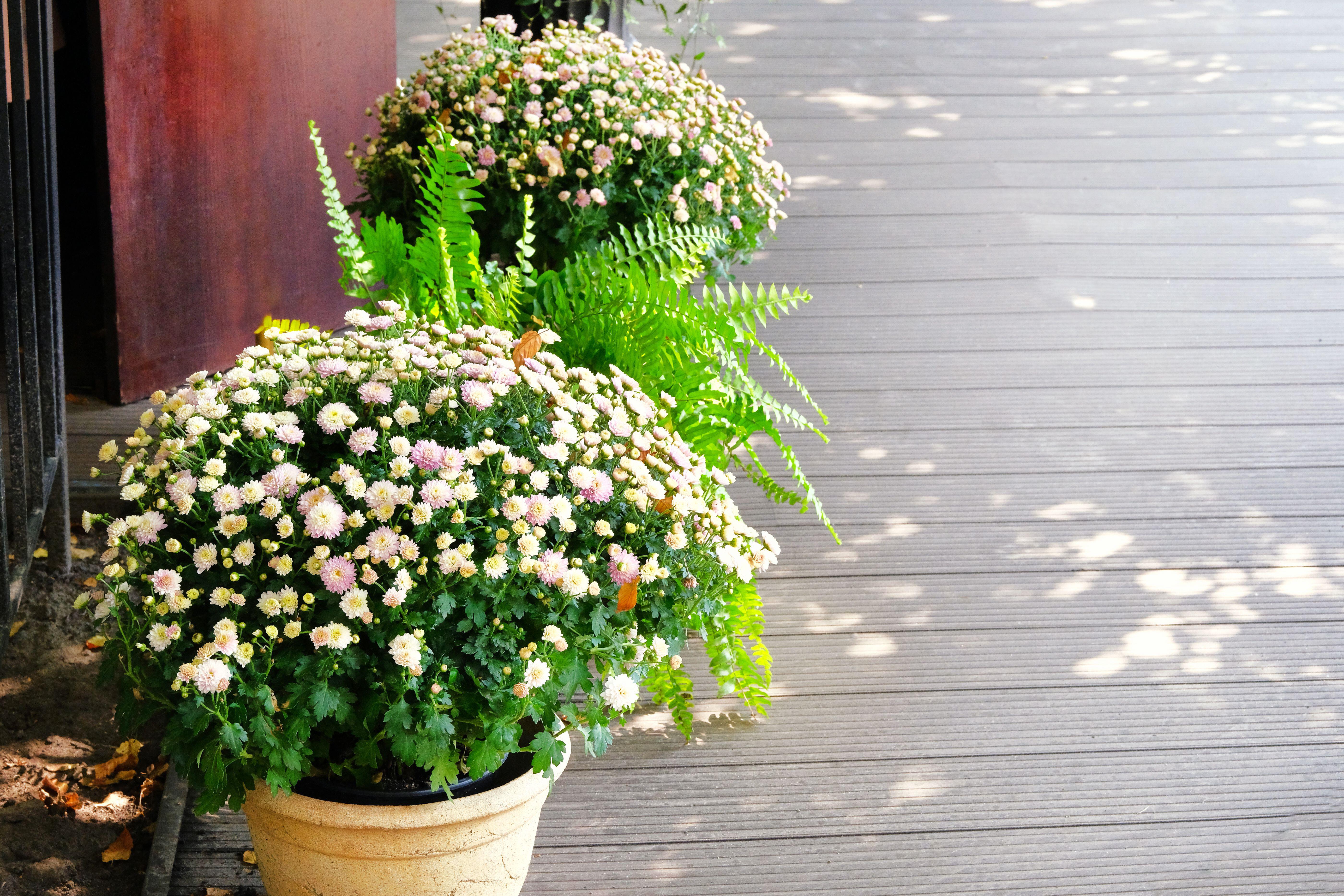
Known as one of the most popular fall flowers for raised garden beds, chrysanthemums are yet another propagation wonder. "As a classic fall flower, chrysanthemums can be propagated now to ensure a vibrant display next year," says Tony.
He tells us that his top tip for propagating chrysanthemums is to take cuttings from non-flowering shoots, about 4 inches long. "Remove the lower leaves and plant them in a well-draining soil mix," he explains. "Finally, place the cuttings in a bright spot and keep the soil moist until roots develop."
These petalled beauties are seasonally trendy and they're known to be fast-growing flowers, provided you treat them with the necessary TLC during their propagation journey.
7. Lilies

"September is the optimal month for transplanting and propagating lilies, ideally a couple of weeks after flowering," says Nastya. This is a common grow for gardeners who enjoy experimenting with cut-flower garden ideas for plants that can be harvested for homemade bouquets. And propagating them gives you plenty more flowers to enjoy.
She tells us that the simplest method for propagating lilies involves dividing the bulbs. "Every 3 to 4 years, the mother bulb produces offspring with new roots, which can be separated and replanted," she explains. "Carefully excavate the lily bush without damaging the bulbs and roots."
Then Nastya encourages gardeners to clean the roots of the soil, carefully divide the bulbs, inspect them, and remove any dead or rotten roots. "Replant the bulbs immediately after division; otherwise, their roots may dry out," she points out. "If immediate replanting isn’t feasible, store them in a dark place covered with damp peat, sand, or a damp cloth until you can replant them."
8. Fuschias

Not only are fuchsias a brilliant planting option if you love landscaping with flowers, but they're also great subjects for autumnal propagation.
Tony tells us that fuchsias root well from cuttings in early fall, allowing them to establish before winter dormancy. "Take softwood cuttings from new growth and remove the bottom leaves," he says. "Then dip the cut end in the rooting hormone and plant in a mix of peat and perlite.
To ensure that the cuttings take to the soil, he encourages keeping them in a bright, warm spot. But don't put them under direct sun as this could prove to be too harsh for proper growth.
9. Heather

Last but not least on our list of fall propagation plants is heather or calluna vulgaris. When propagated in September, Nastya finds that by the following season, you’ll have numerous new flowering shrubs in your garden.
She explains that these winter-blooming plants can be propagated through branching and bush division. "The first method is quick, just identify lodging shoots, pin them to the ground, and cover them with moist, nutrient-rich soil, and mulch to retain moisture," she says. "The following season, sever the rooted shoots from the parent bush and transplant them to their permanent locations."
Nastya explains that the second method requires gently digging up the bush, dividing it into several parts (typically 2–4, depending on size) to ensure each retains its roots, trimming older branches to encourage new growth. All that's left to do is then plant the divided bushes in their new homes. "Just remember that in areas with mild winters, you can plant directly outdoors," she says. "However, if severe frosts are anticipated, it’s safer to overwinter them indoors."
Don't forget to add propagation to your gardening chores for fall as you could miss out on some serious prolific blooms over the next season. It's a fairly quick process to do and it saves you money from repurchasing fresh seeds over and over.
Plus, it's a great way to prepare your garden for the following season. So this is your sign to survey your garden and if you happen to be hosting any of these plants, then find your perfect cutting and give life to fresh crops in your fall backyard.
FAQs
What helps cuttings root faster?

After taking your cuttings, it's important to ensure that your plants are in an environment that best benefits new growth. Temperature and light are the two key factors to observe at this time.
Keep your plants in a warm environment and make sure to give them plenty of sunlight. However, avoid placing the fresh cuttings in direct sunlight and put them in airy spaces so that they get adequate oxygen.
Can you put cuttings directly into soil?
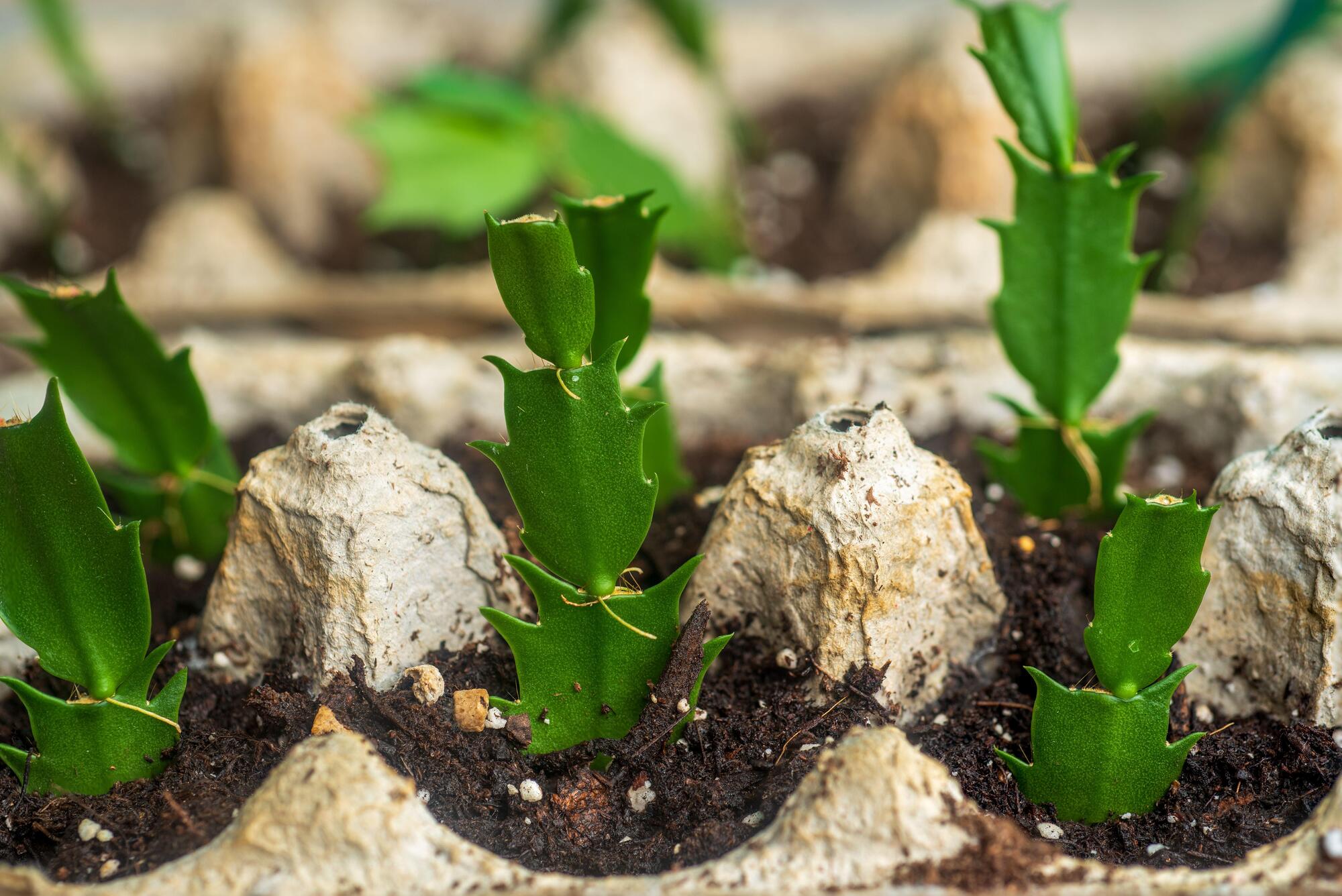
When it comes to propagating plants, you can choose between rooting the cuttings in either soil or water. And while both mediums have their own benefits, it truly depends on the specific plant you're working with.
All in all, sowing cuttings directly into the soil is generally beneficial to the cuttings and also allows the new sow to acclimate to the planter at an earlier date.

Amiya is a Home Wellness Writer at Livingetc. She recently graduated with a Masters Degree in Magazine Journalism from City, University of London, and has lent her words to beauty, fashion, and health sections of lifestyle publications including Harper’s Bazaar and Women’s Health. Her experience as a research analyst has equipped her with an eye for emerging trends. When she’s off the clock, she can be found reading, listening to music, or overanalyzing her latest Co-Star update.
